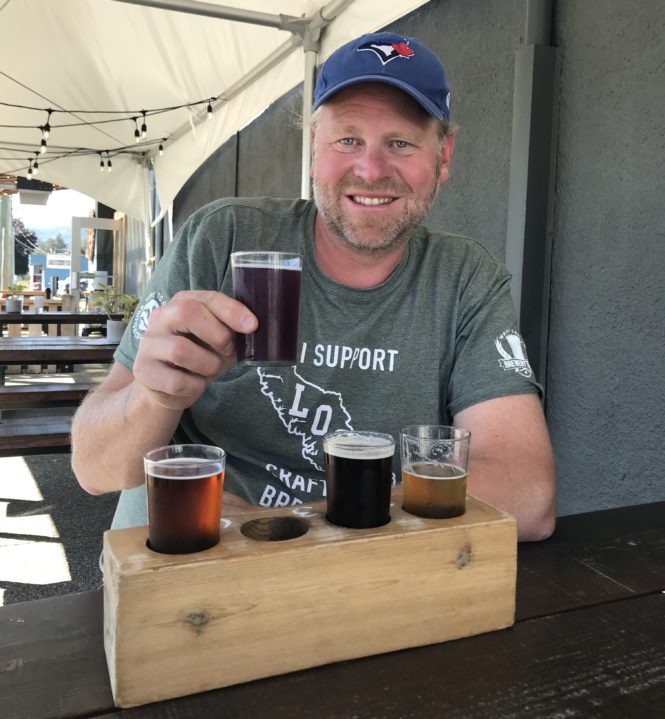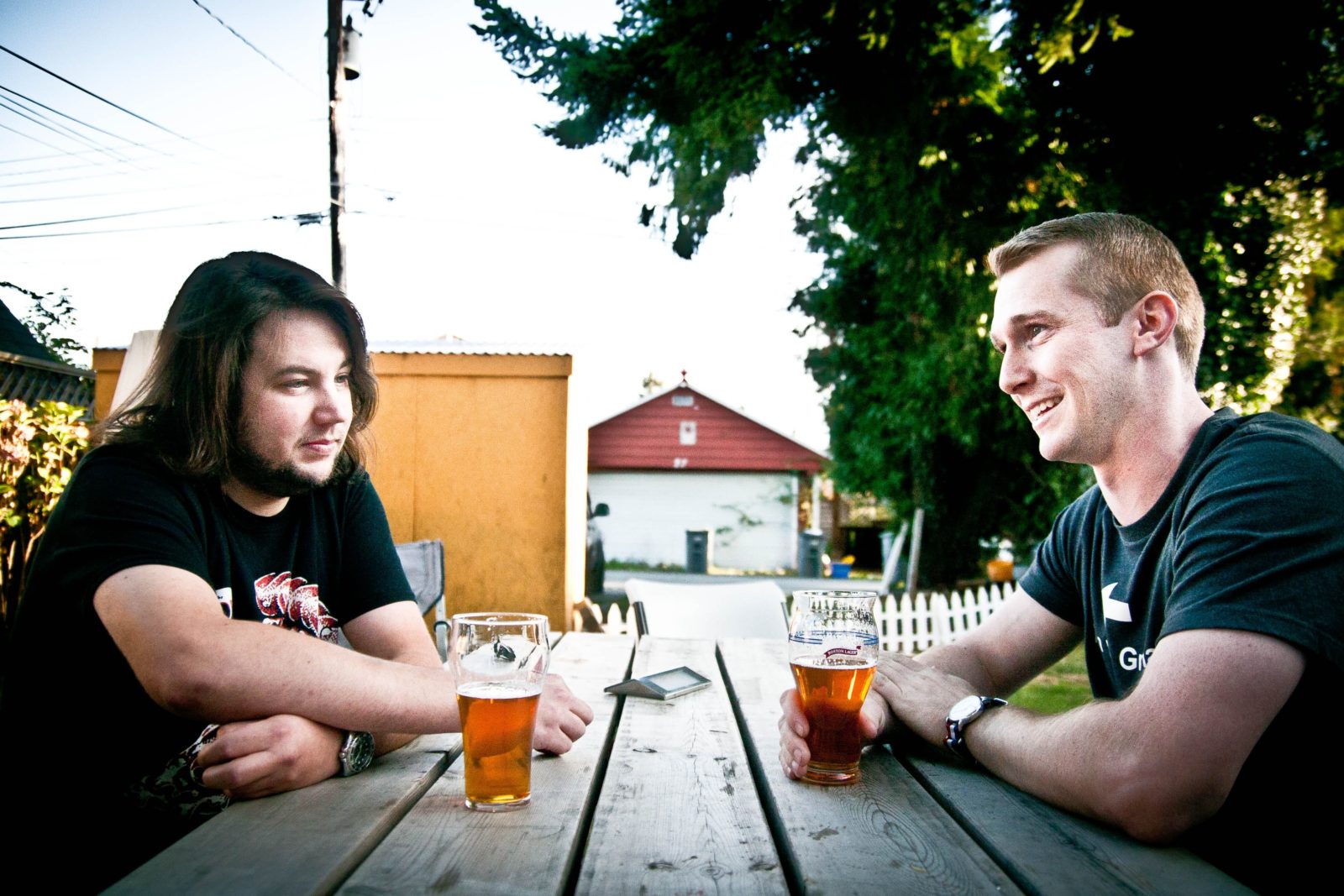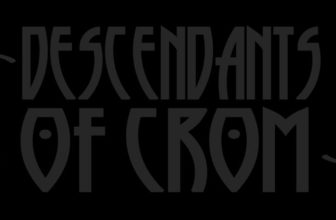There’s salt in my beer
My teetotalling grandparents didn’t drink beer, but more than a few friends remember seeing their older forebears spilling some salt into their Old Style Pilsners. The reason for doing so varies considerably: it adds more head/it dissipates excess gassiness; it makes you more thirsty/it replaces salt lost by drinking alcohol. Regardless of the reasoning, the idea of adding salt to the flavour profile of beer is not unheard of—German-style Gose is an intentionally salty and slightly sour wheat beer, for instance.
Some B.C. brewers prefer to source their salt from the sea in the form of the briny character found in some shellfish or even kelp. Several breweries release Oyster Stouts each year, Spinnakers makes one with Honey Mussels, and Tofino Brewing makes a popular Kelp Stout. Prince Rupert’s Wheelhouse Brewing once made a stout with scallops—brewer Craig Outhet said the best part was eating the shellfish after “cooking” them in the mash for an hour. But probably the most unusual example can be found in Sooke: Bad Dog Brewing’s Octodog Apocalypse is brewed with the addition of squid ink. The resulting beer is blacker than black and slightly salty, but surprisingly light-bodied and quaffable.
Who Brewed the First IPA in B.C.?
 The first true craft IPAs that featured hop varieties grown and developed on the west coast originated in California and Oregon in the early 1990s, and the first B.C. versions showed up soon after, but who brewed the first one here? That symbolic title is best split 50-50 between Bill Herdman (Tall Ship Ales) and Gary Lohin, (first at Sailor Hagar’s, later at Central City/Red Racer). Herdman brewed a draft version of Tall Ship IPA in 1993, and a bottled version followed in 1994. Lohin says he brewed his Bengal IPA at Sailor Hagar’s in 1994. Tall Ship closed after a few years, but Lohin kept brewing IPAs continuously at Sailor Hagar’s and then at Central City beginning in 2003.
The first true craft IPAs that featured hop varieties grown and developed on the west coast originated in California and Oregon in the early 1990s, and the first B.C. versions showed up soon after, but who brewed the first one here? That symbolic title is best split 50-50 between Bill Herdman (Tall Ship Ales) and Gary Lohin, (first at Sailor Hagar’s, later at Central City/Red Racer). Herdman brewed a draft version of Tall Ship IPA in 1993, and a bottled version followed in 1994. Lohin says he brewed his Bengal IPA at Sailor Hagar’s in 1994. Tall Ship closed after a few years, but Lohin kept brewing IPAs continuously at Sailor Hagar’s and then at Central City beginning in 2003.
But neither of those early IPAs would likely be recognized as a West Coast IPA now because the dry hopping technique that defines modern IPAs didn’t really originate until later in the 2000s. In 2010, Iain Hill won Best in Show at the BC Beer Awards for the Brick and Beam IPA he brewed at Yaletown Brewing. Now the brewmaster at Strange Fellows Brewing, he gives the credit for teaching him how to “warm dry hop” to David Woodward, who was brewing at the Whistler BrewHouse at the time, but is now at Rusted Rake in Nanoose Bay where he makes an excellent IPA called Rusty Angler.












